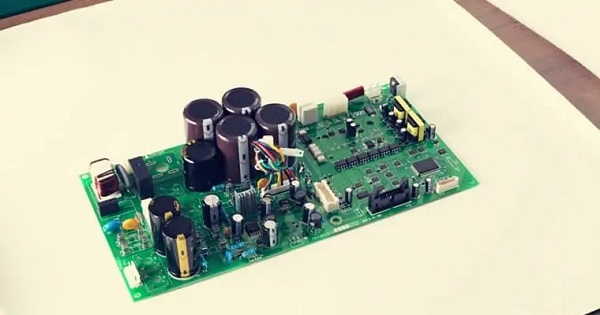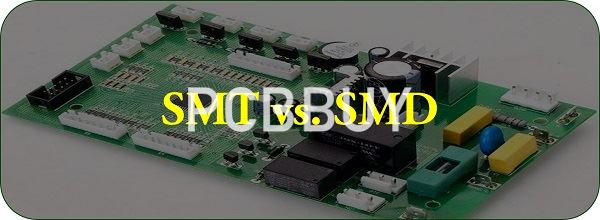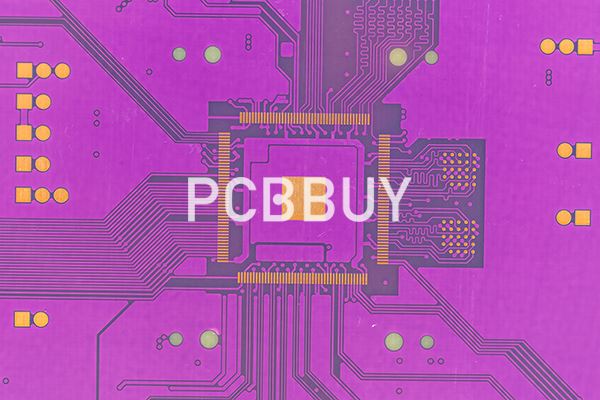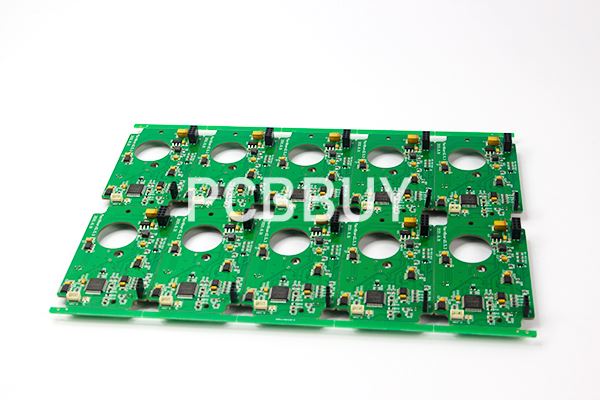SMD VS SMT Soldering:Which is the Better One in PCB Manufacturing Process?
By:PCBBUY 11/01/2021 10:07

SMT means Surface Mount Technology. This is a method used to mount electronic components directly onto the surface of printed circuit boards. The meaning of SMD in electronics is Surface Mount Device. In the picture below you can see a clear example of a PCB with surface mount devices on it (The electronic components).
What are the differences of SMD and SMT soldering? Are going to learn more about the information about the SMD and SMT soldering, please check and read the content below for more about it.

What is SMD and its advantages?
Surface Mounted Devices (SMD) are the parts that are arranged and fixed into a bare board during PCB assembly. We live in the technology age, where consumers demand highly performing, and more flexible, miniaturized, and cost-effective electronic products. SMD serves these purposes well as they have pins that you can solder directly onto boards instead of relying on leads and wires.
The benefits of using pins instead of leads are many. For instance, you can apply miniaturized parts to get the same function. This implies that you can fix more devices into a smaller board and still maintain high functionality. The mounting process is also faster and cheap since you don’t have to bore holes through the PCB.
What is SMT and its advantages?
Surface Mount Technology is a newer way of arranging components on printed circuit boards. For many years prior, electricians and engineers would use leads to fit circuit board components through holes. Careful preparation was necessary to ensure that all leads were formed in the right way to fit on various types of boards.
SMT assembly is a more efficient process where components are soldered directly onto the board. By eliminating the need for passing leads through PCBs, the process has become faster, more efficient, and cost-effective. SMT assembly also saves space, allowing more components to be housed on a smaller board. This is why many modern devices are smaller but pack lots of features.

SMT is a highly intricate process where each component is strategically positioned and mounted onto electrical boards for optimal functionality. This is one of the reasons why SMT and SMD overlap. Having an effective electrical device requires a combination of proper component selection and mounting strategies. During SMT, calculated amounts of solder paste are applied onto the board before a machine carefully mounts each component.
What are the differences of SMD VS SMT?
The SMT uses a mounting technology of mounting and soldering surfaces that will be used on the PCB. On the other hand, the use of the SMD refers to using the electronic component that can be placed on a PBC by using the SMT tools. The technique uses components that are soldered on the PCB using a soldering paste.
When it comes to manufacturing the SMT is one that is mostly used since it is cost-effective. The SMT will also offer stronger bonds, ideal for components that are under stress, and one that is good for prototyping.
How to combine of SMD VS SMT?
In the early years of SMDs, smaller and more complex components had to be placed and soldered by hand. Machines could do some of the pieces, limited to size and type. Today, manufacturing boards using SMT is somewhat similar, but much faster and far more accurate.
Back then, small bits of silver or lead were placed on the board to attach the component. These elements are still used, but in a solder paste, which is a mixture of flux and small bits of solder. SMT machines can attach thousands of SMDs per hour, compared to maybe a few hundred by hand. Consequently, nearly every through-hole process now has an SMT equivalent.
The popularity of SMDs came in response to how much more efficiently SMT could produce boards. The smaller component meant that both time and space could be maximized when both were used together. The SMD meant that more could be done with a smaller, more precise devise. And SMT could get them assembled more quickly and accurately than any process before. The cost savings combined has resulted in more and more electronics manufacturing services putting SMDs on an SMT.

What are the considerations of PCB assembly?
Knowing the following will get you a very realistic SMT quote, plus SMT companies will know that you mean business.
· For the SMT quote, tell the company whether you want them to supply all SMT components or whether you will supply them all or a part of them.
· About the board type, it can be a single piece or panelized board.
· An SMT company will ask you about the assembly sides for the board, will the SMT quote be for only the top side of the board, bottom side or both sides?
· Quantities of PCBs of course.
· The number of component types on each board
Number of Through Hole components. A PCB, in many instances will have both SMT and THT components, to get an SMT quote a company will want to know how many THT components they’ll have to deal with.
Industry Category











